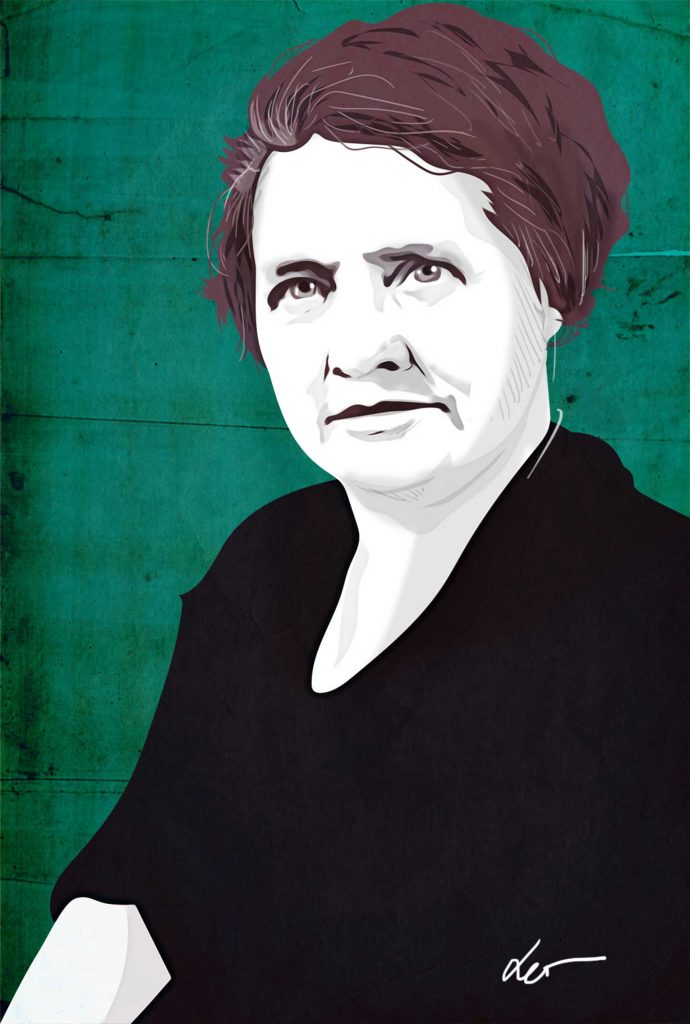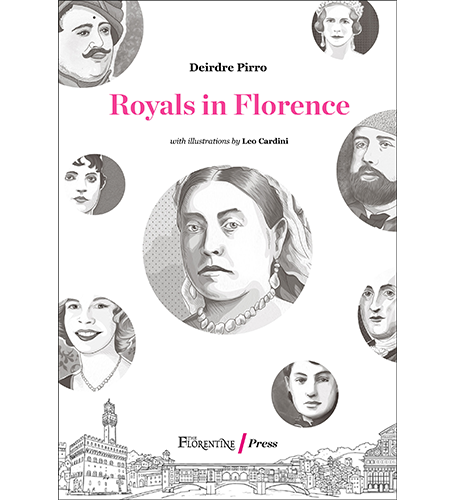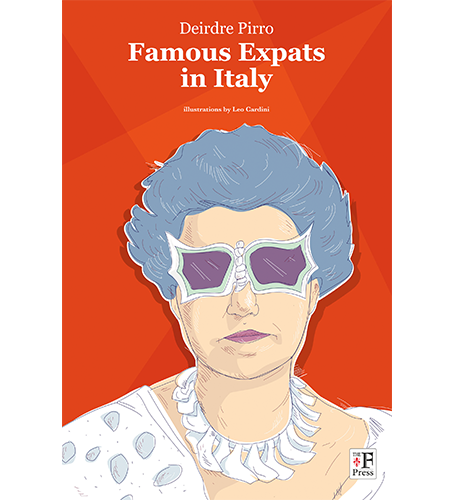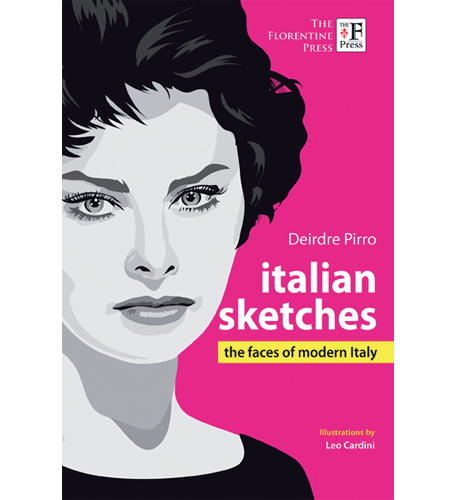There is no doubt that Amalia Moretti Foggia della Rovere was a trailblazer as she was a first in the fields of Italian life she explored, embraced and conquered. Born in Mantua in 1872, Amalia was the eldest of Giovanni Battista Moretti Foggia and Carolina Rinoldi’s four children. Her father came from a long line of pharmacists and herbalists dating back to the 1700s and his hope was that his daughter would follow in his footsteps. Indeed, it seemed she might after winning a scholarship and taking a degree in Natural Sciences at the University of Padua in 1895. While in Padua, however, during anatomy lessons she fell in love with one of the professor’s assistants and developed an interest in medicine. At the end of this brief flirt, she decided to enroll in the Faculty of Medicine in Bologna, where she was awarded another scholarship with the help of the renowned professor of clinical medicine, Augusto Murri (who was later involved in the scandal of the murder of his son-in-law by his son). Amalia graduated in 1898, becoming one of the first woman doctors in unified Italy.

My guide was always that of being simple, spontaneous and true.
With her scholarship and letters of presentation from Professor Murri, Amalia arrived at the Meyer hospital in Florence to specialize in pediatrics and begin practising medicine. Her experience here would broaden her social and cultural consciousness in a way that would remcontinue her entire life, stimulated initially by her friendship with the politically committed Russian doctor, Anna Kuliscioff, who, together with her companion, Filippo Turati, would become one of the founders of the Italian Socialist Party. After completing her specialization in 1899, Amalia moved to Milan, where Anna Kuliscioff who, residing there at that time, introduced her to the city’s political and literary circles. Through a friend, Anna also found Amalia a job as a doctor for female factory workers. In 1902, she began working at the Poliambulanza clinic at Porta Venezia, where she met and married her fellow doctor, Domenico della Rovere, and where she would work for the next four decades up until her death in Milan in 1947. One of her missions was to spread the word about hygiene and promote the fight against tuberculosis, which she did by lecturing the public and acting as a volunteer medic in the poorest areas of Milan. She also became the personal doctor and friend of the poetess, Ada Negri.
In 1926, Amalia was asked by the editor of the weekly La Domenica del Corriere, a popular supplement to Corriere della Sera, to write a column dispensing medical advice. Given that there was still considerable prejudice against female doctors at the time, she assumed the masculine pseudonym of Dr. Amal. Thanks to its huge success, two years later she was asked to write two more columns, one called “Tra I Fornelli” (Among the Stoves), which mainly featured recipes for middle-class women, wives and mothers. She signed it as Petronilla, probably based on the name of the shrewish wife of Arcibaldo, a character who appeared from 1921 onwards in Corriere dei Piccoli, a sister supplement for children. The other column was called “La massaia scrupolosa” (The Scrupulous Housewife), which offered housekeeping tips. Both may seem discordant with Amalia’s professional persona, at a time when a woman was either modern and independent, usually having servants who took care of the day-to-day running of the household, or was otherwise a traditional homemaker who cared for her husband and children. By using her fictional aliases, Amalia continued to be a trailblazer and gained a reputation not unlike today’s celebrity chefs.
These culinary columns began her 20 years in journalism through some of the darkest times of World War II in Italy. Food was scarce, often hard to procure even after spending hours in long queues, and rationing was imposed while the black market flourished. Amalia sought suggestions from her own talented and inventive cook. By 1941, Petronilla’s advice to her readers focused on how to rework typical recipes without key ingredients like oil, flour, sugar, eggs, meat, cheese, pasta and rice, chocolate and even bread, which were frequently impossible to find. Many of these recipes were subsequently reproduced in a series of best-selling cookbooks published under Petronilla’s name. She once said, “My guide was always that of being simple, spontaneous and true”, which was the real recipe behind her life and achievements.
-
 €5.00 – €12.00Royals in Florence
€5.00 – €12.00Royals in Florence -
 €12.00Famous Expats in Italy
€12.00Famous Expats in Italy -
 €5.00 – €12.00Italian Sketches. The Faces of Modern Italy
€5.00 – €12.00Italian Sketches. The Faces of Modern Italy







